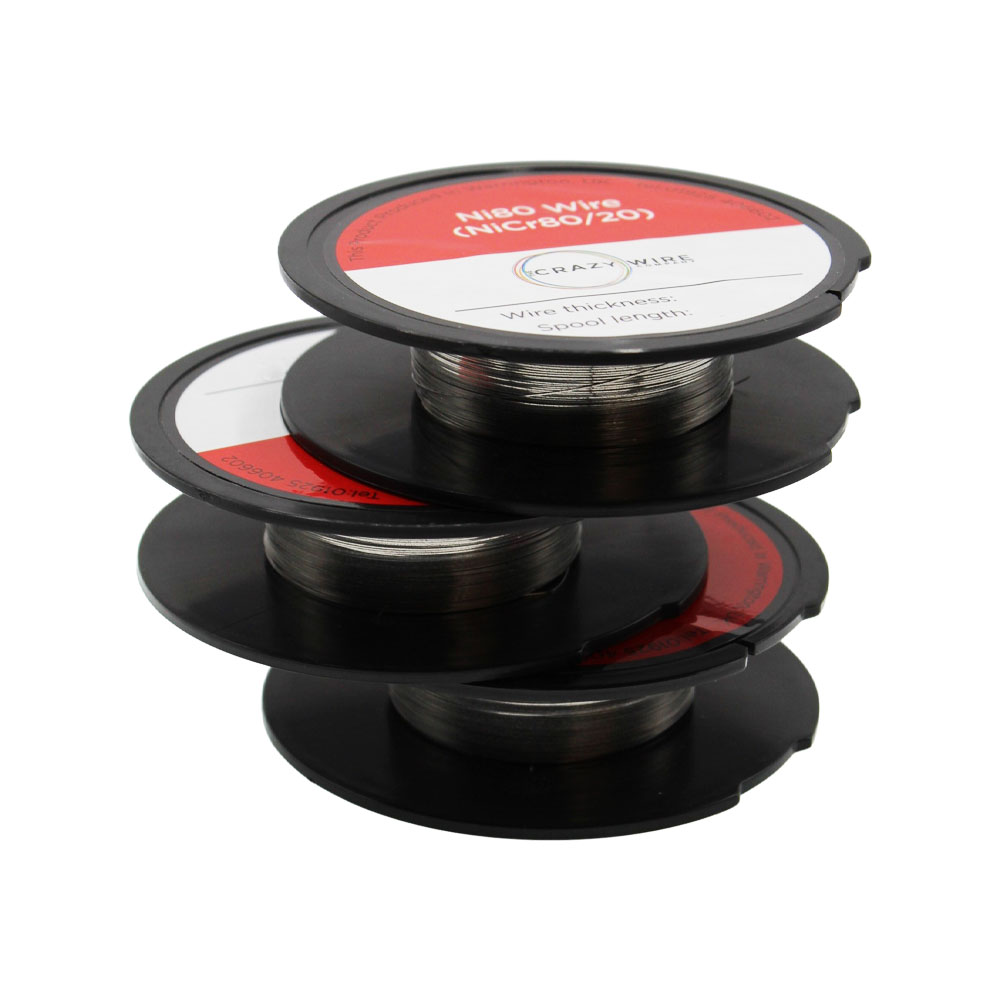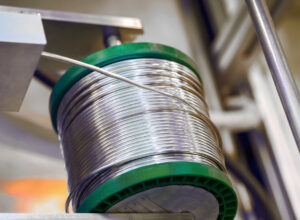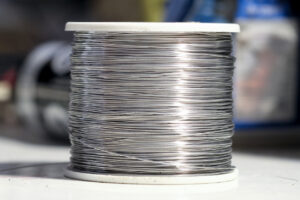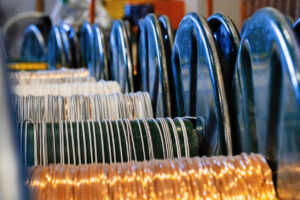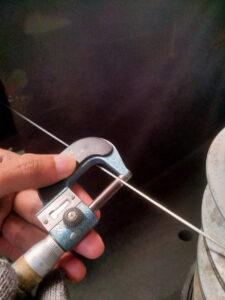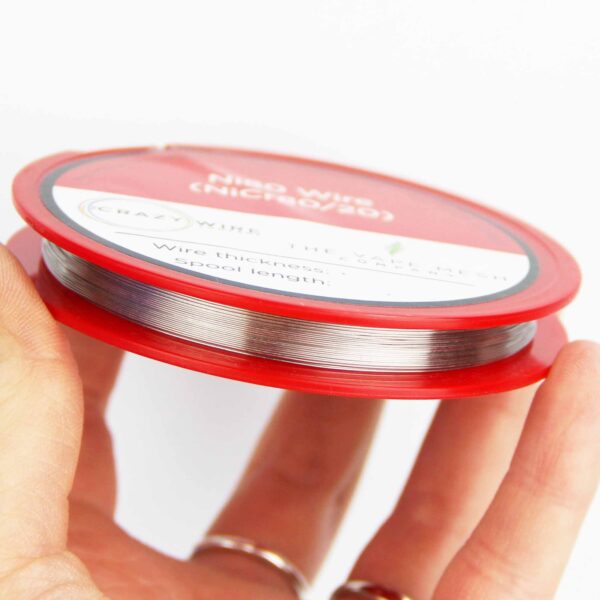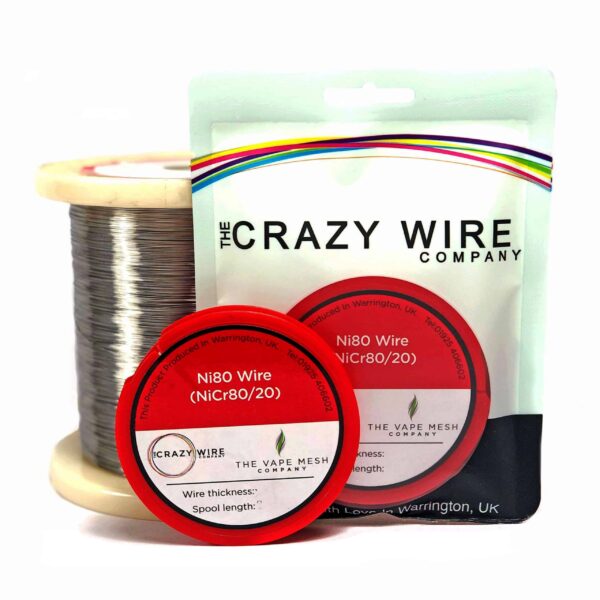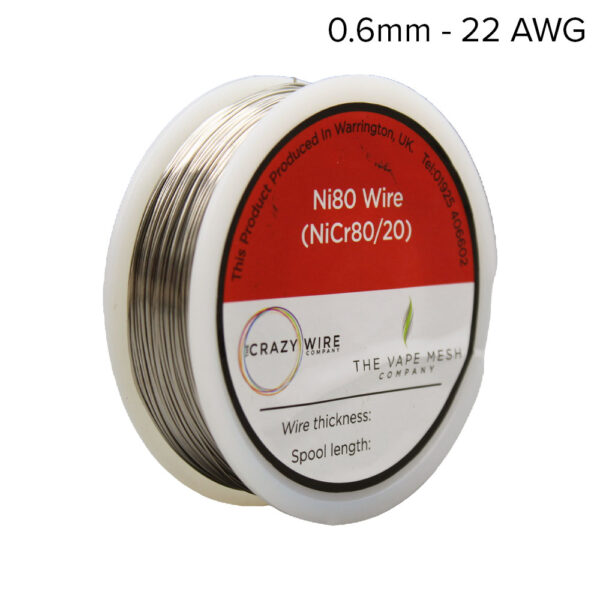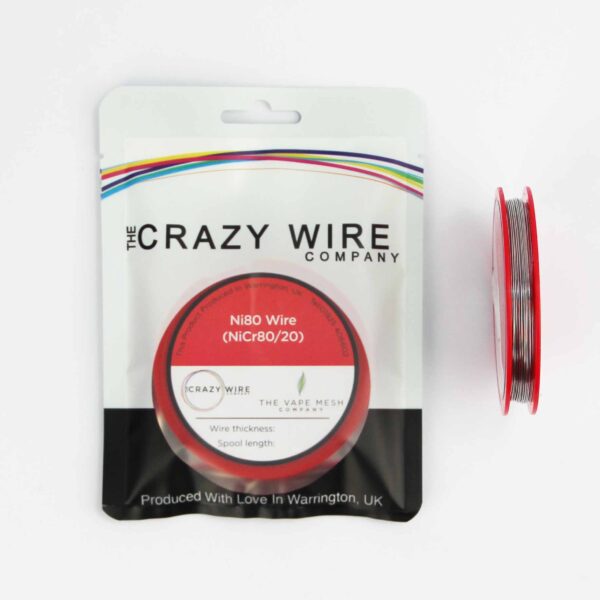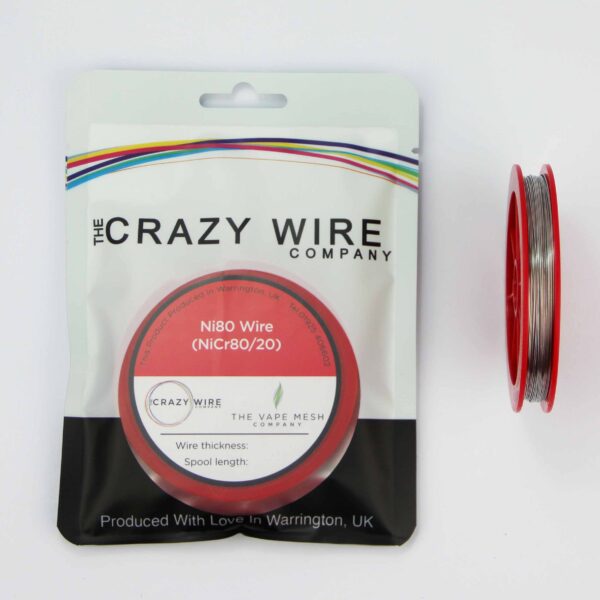Choosing the best wire for electronics projects is a key step in ensuring your circuits are safe, efficient, and reliable. From breadboarding to soldered prototypes, the type and quality of wire you use can make a significant difference in performance. Whether you’re building an Arduino project, crafting a sensor network, or wiring a custom enclosure, using the appropriate wire is essential.
At The Crazy Wire Company, we supply a wide range of premium wires ideal for electronics work. This guide will help you understand what makes a wire suitable for electronics and how to select the best type for your specific project.
Why the Right Wire Matters in Electronics
The performance of any electrical system depends heavily on the wire’s conductivity, durability, and compatibility with connectors and components. Poor wire selection can result in signal interference, voltage drops, or even short circuits.
✔ Reliable Connections – Delivers steady signals and smooth power flow for dependable performance.
✔ Minimised Resistance – Reduces heat build-up and maintains consistent electrical output.
✔ Enhanced Flexibility – Allows for easy wire routing inside compact or complex enclosures.
✔ Improved Safety – Protects circuits from accidental shorts and insulation failures.
✔ Long-Term Durability – Withstands corrosion, wear, and repeated handling over time..
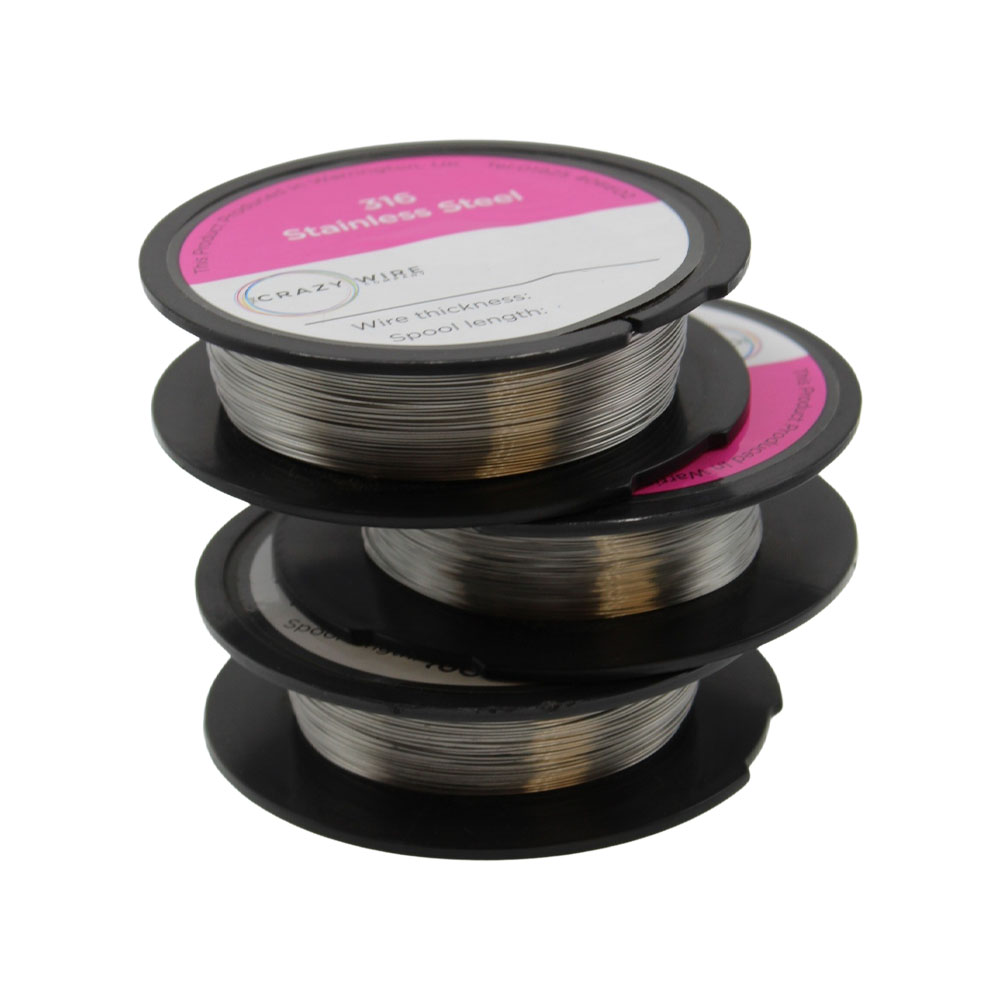


Types of Wire Commonly Used in Electronics Projects
Each wire type serves a different purpose depending on current flow, voltage, and layout. Below is a comparison of the most common types:
| Wire Type | Description | Best Use |
|---|---|---|
| Solid Core Wire | Single solid strand, stiff | Breadboards, static setups |
| Stranded Wire | Multiple fine strands, flexible | Soldered connections, moving parts |
| Tinned Copper Wire | Coated for corrosion resistance | Long-term projects, humid environments |
| Enamelled Copper Wire | Thin insulation layer | Transformers, coil windings |
| Silicone-Insulated Wire | Heat resistant, flexible | High-temp or compact electronics |
✅ Tip: For breadboarding, solid core wire fits snugly and keeps form. For enclosures or robots, stranded wire is better.
Understanding Wire Gauge in Electronics
Wire gauge determines how much current a wire can carry. Choosing the right size helps prevent overheating or voltage drops.
Recommended Gauges for Electronics Projects
✔ 22–24 AWG – Ideal for prototyping and breadboarding.
✔ 18–20 AWG – Suitable for power delivery in small devices.
✔ 26–30 AWG – Best for jumpers, thin signal wires, or tight routing.
✅ Tip: Always match wire gauge with the expected current and length of run to minimise resistance.
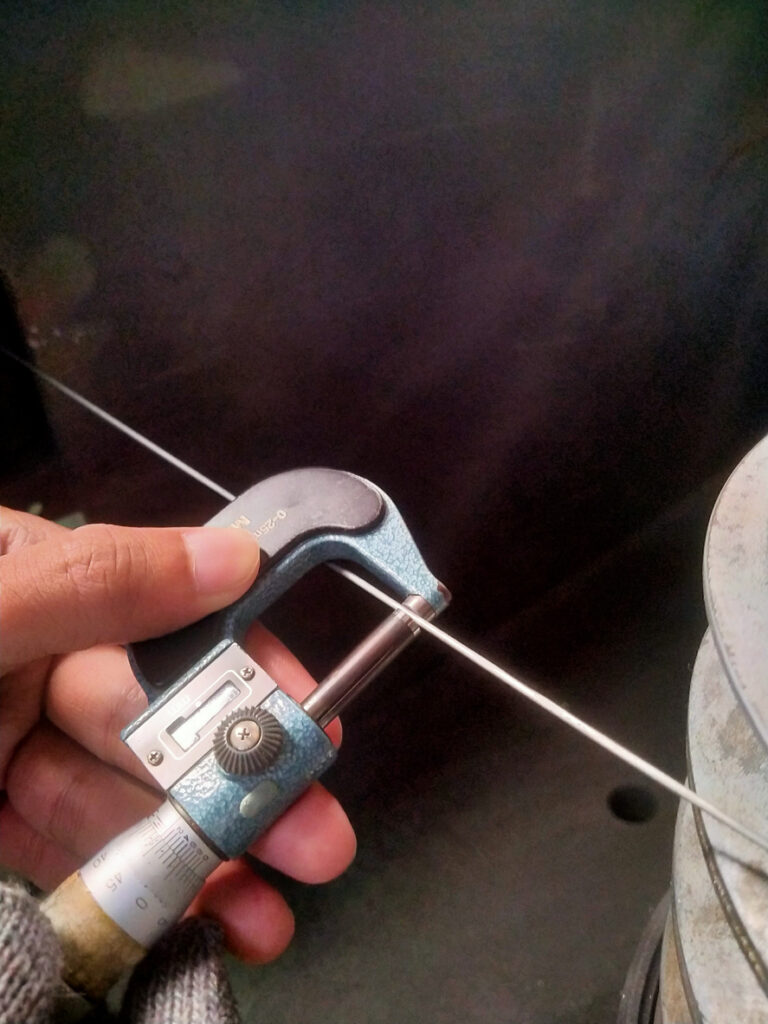
Wire Insulation: What to Look For
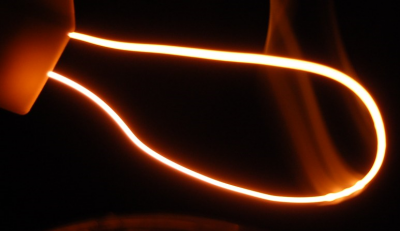
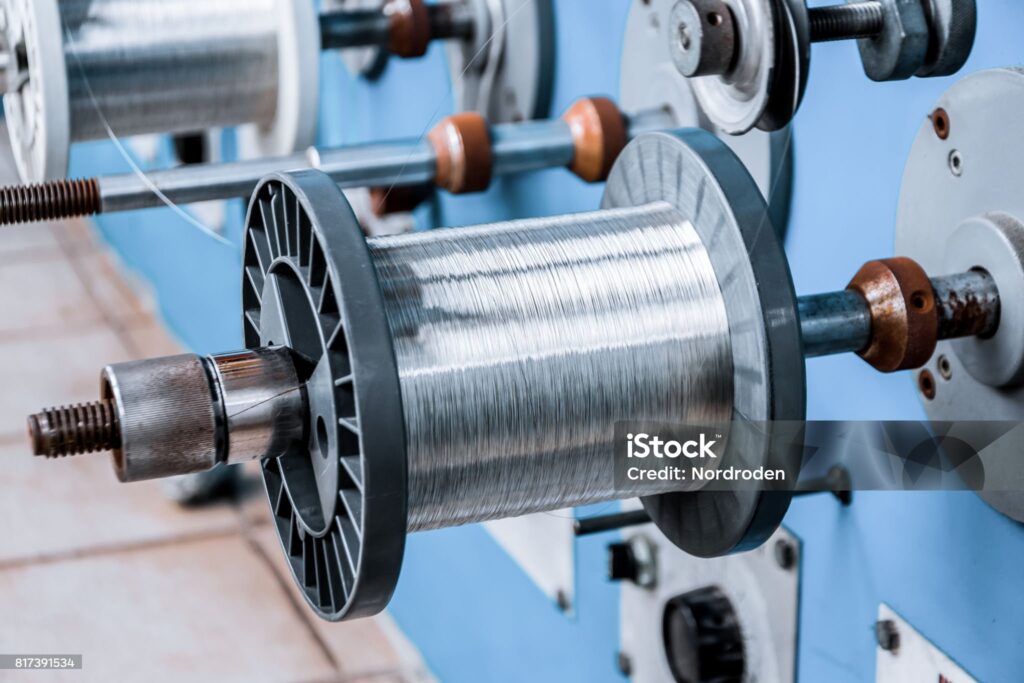
Insulation protects your wire and components. Choosing the correct type prevents short circuits and makes installation easier.
Common Insulation Materials
PVC (Polyvinyl Chloride) – Inexpensive, easy to strip, common in jumper wires.
Silicone – High flexibility and heat resistance.
PTFE (Teflon) – Very high heat tolerance and chemical resistance.
Enamel – Thin, suitable for tight coil windings.
✅ Tip: For soldering work near heat sources, choose silicone or PTFE insulation to avoid melting.
Best Practices for Using Wire in Electronics Projects
Using the right technique enhances the reliability of your wire connections:
✔ Strip Wires Cleanly – Avoid nicking the conductor.
✔ Tin Before Soldering – Apply solder to the wire before connecting.
✔ Use Heat Shrink Tubing – Protects joints and prevents exposure.
✔ Label or Colour-Code Wires – Reduces confusion in complex builds.
✔ Route Carefully – Prevent sharp bends or excessive tension.
Even with good materials, sloppy technique can undermine a project.
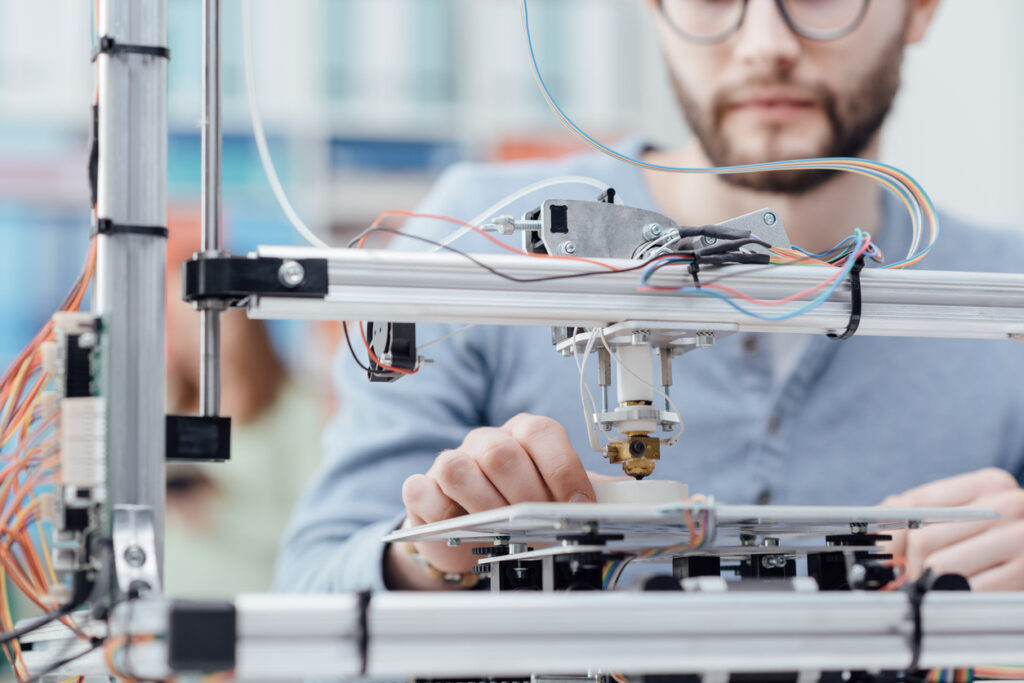
Graph: Flexibility vs. Durability in Wire Types
To illustrate the trade-offs, a chart showing flexibility against durability for different wire types can be helpful.

✅ Key Insight: Stranded and silicone-insulated wires strike the best balance between flexibility and long-term reliability.
Why Buy from The Crazy Wire Company?
At The Crazy Wire Company, we stock a wide range of wire for electronics projects, including:
✔ Solid and stranded copper wire in various gauges for prototyping and connections.
✔ Tinned copper wire for enhanced corrosion resistance in long-term builds.
✔ PTFE-insulated wire ideal for high-temperature and compact electronic applications.
✔ Nichrome and FeCrAl wire for heating elements and precision resistance projects.
✔ Fast UK dispatch and expert advice to help you choose the perfect wire for your needs.
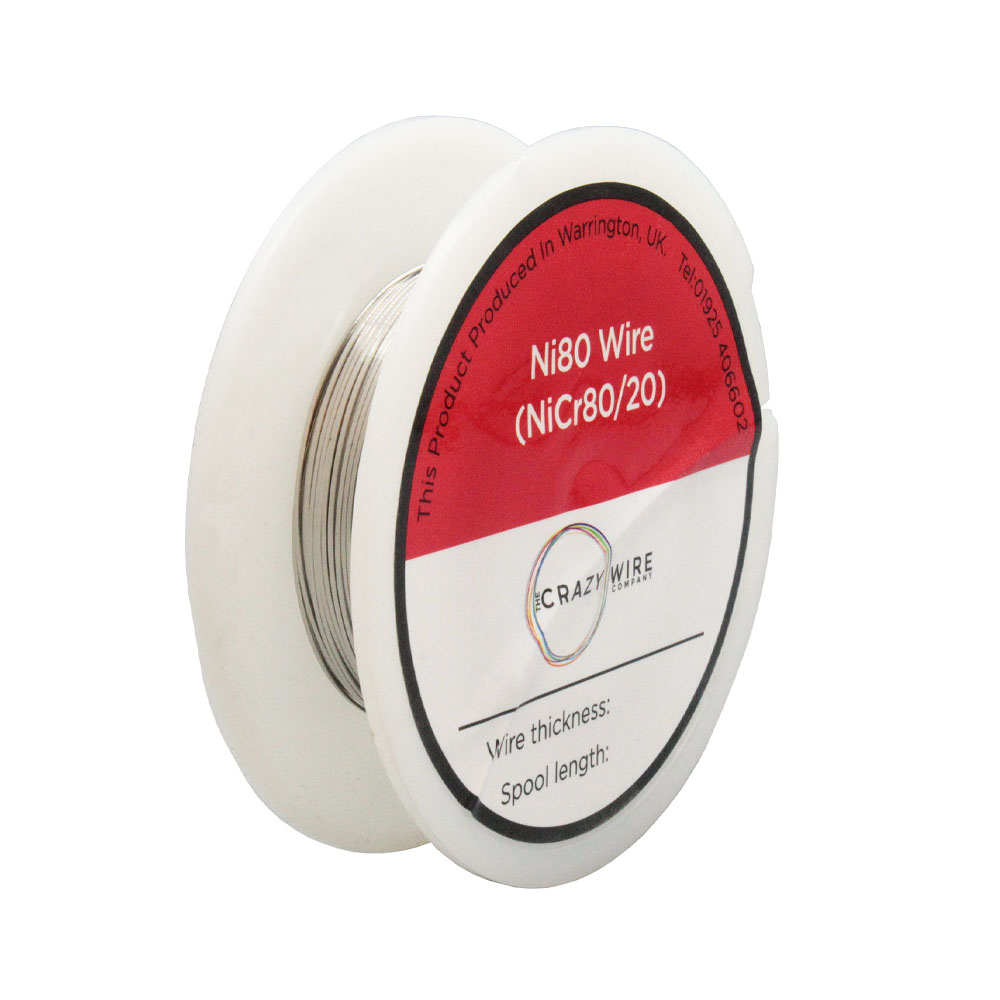
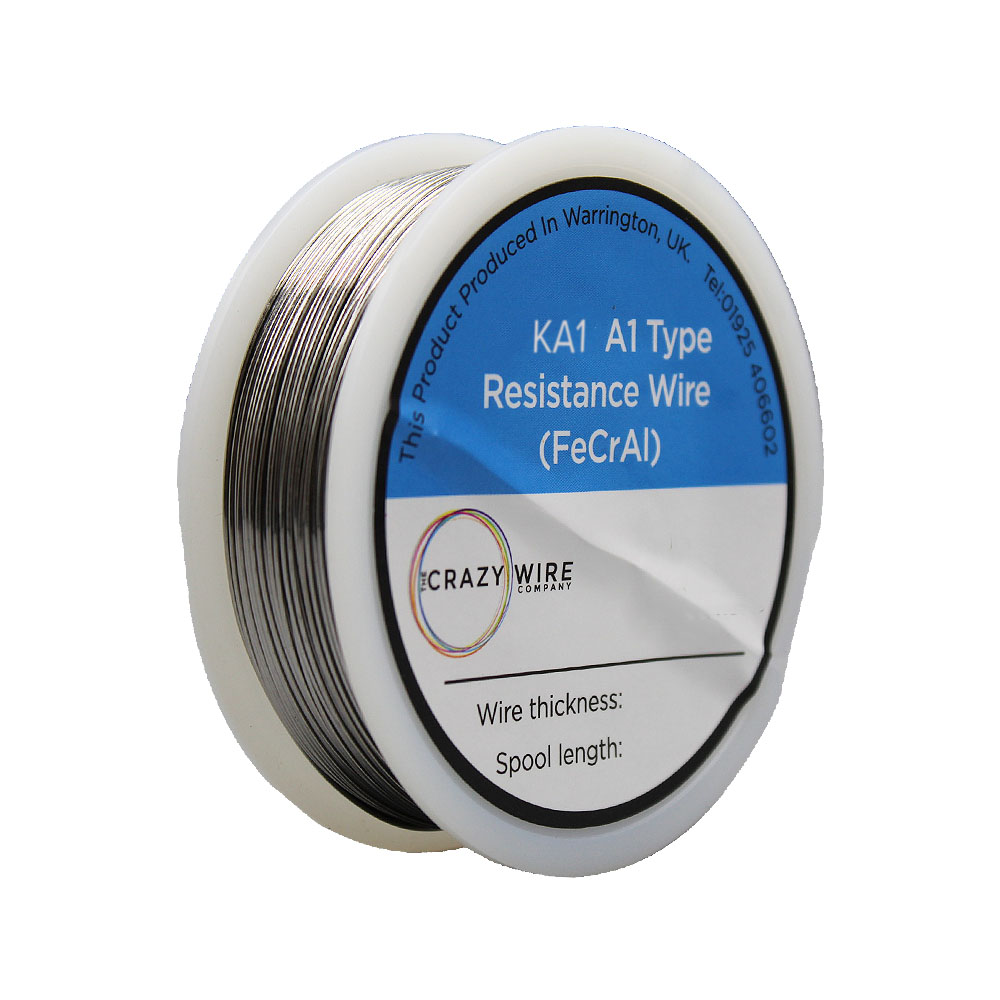
Conclusion: Choosing the Best Wire for Electronics Projects
Whether you’re working on hobby kits, IoT devices, or prototypes, selecting the right wire for electronics projects is vital. Consider the application, current load, flexibility needs, and insulation type before purchasing.
Explore our full selection at The Crazy Wire Company and find the perfect wire for your next build.
Order Now and Power Up Your Electronics Projects!
We offer also a massive range of stainless steel wire and nichrome wire through our store. Choose the wire that you want to work with and we’ll get spooling.
If you’re interested in learning more about wire, check out our other blog on Everything You Need to Know About Wires.
We are also proud to supply this product on our highly popular eBay store, check us out there too.
Thank you for checking out our site.
- MULTIBUY SAVINGS – ORDER 5 FOR 20% OFF
- FREE UK Delivery For All Orders Over £25
- Immediate Express Dispatch From Stock
- Orders Fulfilled From Warrington, UK
- Tracked Delivery with Order Updates
- 30-Day Unused Returns Accepted


